Can Cats Eat Figs? What You Need to Know Before Sharing This Fruit
- 2 Apr 2025 16:37
Fruits are often a tasty treat for humans, but when it comes to cats, not all fruits are safe or suitable. 🍇 Can cats eat figs? Figs are a popular fruit known for their sweetness and nutritional benefits, but when it comes to feeding them to your cat, there are some important factors to consider. Let’s dive into whether figs are a good choice for your feline friend and what you should know about feeding them fruit.
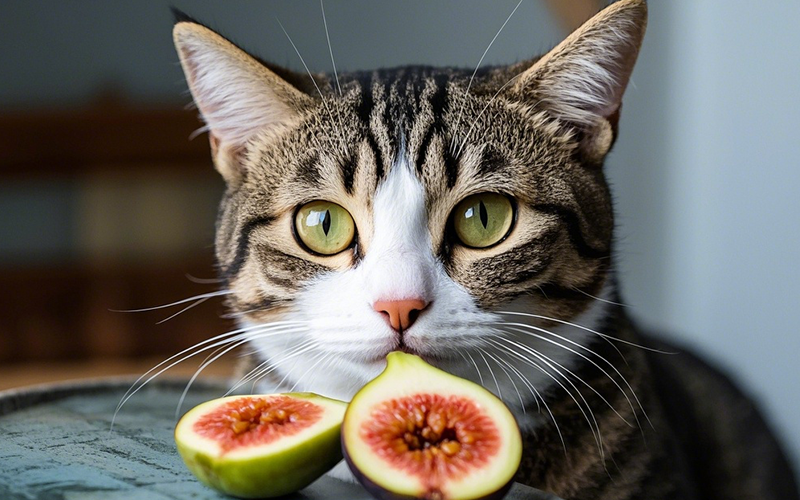
Can Cats Eat Figs? The Short Answer
In moderation, cats can eat figs, but it’s important to be aware of the potential risks and how to prepare them properly. While figs themselves aren’t toxic to cats, they don’t offer much nutritional benefit for felines, and there are safer, more appropriate treats you can provide.
The Nutritional Content of Figs
Figs are rich in dietary fiber, natural sugars, vitamins (like vitamin K and some B vitamins), and minerals such as potassium, calcium, and magnesium. While these nutrients are beneficial to humans, cats don’t have the same digestive requirements. Cats are obligate carnivores, meaning they primarily need animal-based proteins and nutrients to thrive. Fruits like figs, while tasty for humans, don’t offer the necessary protein or amino acids that cats need for proper nutrition.
Potential Benefits of Figs for Cats
Fiber Content: The fiber in figs can help with digestion and may support your cat’s bowel health. However, cats generally get enough fiber from their regular food, so adding figs to their diet isn't necessary for digestive function.
Natural Sugars: Figs contain natural sugars, which can provide a burst of energy for your cat. However, it’s essential to remember that cats don’t process sugars the way humans do, and too much sugar can lead to health issues like obesity or diabetes over time.
Potential Risks of Feeding Figs to Cats
Digestive Upset: Since cats are not accustomed to fruits, feeding figs—especially in large quantities—may upset their stomachs. You may notice signs like vomiting or diarrhea if your cat eats too much fig.
High Sugar Content: While the natural sugars in figs aren’t harmful in small amounts, they can contribute to weight gain or obesity if your cat consumes too many sweet fruits. Cats don’t require carbohydrates or sugars in their diet, and feeding them sugary treats can disrupt their balanced nutrition.
Choking Hazard: The seeds in figs can pose a choking hazard, particularly for cats that are more likely to eat quickly. If you decide to give your cat figs, be sure to remove the seeds and cut the fruit into small, manageable pieces.
Allergic Reactions: Like with any new food, there’s a risk that your cat may be allergic to figs. If your cat shows signs of an allergic reaction such as swelling, itching, or gastrointestinal distress, discontinue feeding figs and consult a pet health professional.
Toxic Parts: The leaves and stems of the fig plant are toxic to cats, and should never be consumed. These parts contain compounds that can cause serious reactions in pets, so always be sure to only offer the fruit and not any part of the plant.
How to Safely Feed Figs to Your Cat
If you decide to offer figs as an occasional treat for your cat, follow these guidelines to keep them safe:
Moderation is Key: Figs should only be fed as an occasional treat, not as a regular part of your cat’s diet. A small slice of fig every once in a while is enough. Too much fig can lead to digestive upset, weight gain, and other health problems.
Remove the Seeds: Be sure to remove the seeds from the fig before offering it to your cat. The seeds can be a choking hazard and are not suitable for your cat to consume.
Wash and Peel the Fruit: Always wash the fig thoroughly to remove any pesticides or chemicals that could be harmful to your cat. It’s also a good idea to peel the skin, as it may be difficult for your cat to digest.
Introduce Gradually: If you’re giving figs to your cat for the first time, introduce them slowly and in small amounts. Watch for any signs of discomfort or allergic reactions and stop feeding the fruit if any issues arise.
Are There Better Treats for Your Cat?
If you’re looking for a healthy and safe treat for your cat, there are other options that are much more suitable for their diet. Some great alternatives include:
Small amounts of cooked chicken or turkey: These are excellent sources of protein and are much closer to your cat’s natural dietary needs.
Canned tuna in water: Most cats love tuna, and it’s packed with the protein and omega-3 fatty acids that cats need for healthy skin and coat.
Commercial cat treats: There are many treats available that are specially formulated for cats, offering both nutritional benefits and irresistible flavors.
Catnip: A safe and fun treat that many cats love, catnip offers no calories and can promote mental stimulation.
The Role of PettureX in Pet Health
If you’re ever uncertain about what foods are safe for your cat, PettureX is here to help! 🐾 PettureX offers 24-hour online consultations, allowing you to ask questions about your cat’s diet and get personalized advice from pet health professionals. It’s a fantastic resource to ensure that you’re providing your cat with the best possible nutrition and avoiding harmful foods.
Conclusion
So, can cats eat figs? Yes, in small amounts, but figs should only be an occasional treat and not a regular part of your cat’s diet. Figs don’t provide the essential nutrients that cats need and could cause digestive issues if fed too frequently. Always make sure to remove the seeds, wash the fruit, and offer it in moderation to avoid potential risks like upset stomachs or weight gain.
When in doubt, remember that PettureX is a great tool to help you make informed decisions about your cat’s diet and health. 🐱💚
Stick to cat-friendly treats and food to keep your feline friend happy and healthy!
Related
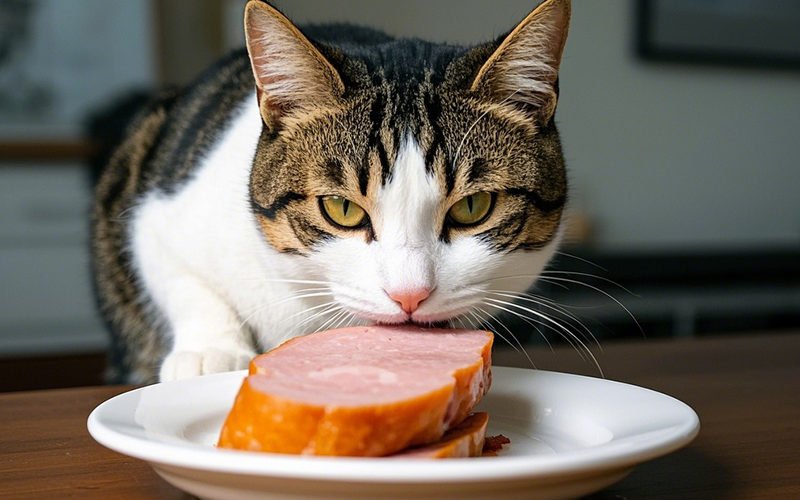
Can Cats Eat Deli Ham? A Meaty Treat That Comes with Caution
- 2 May 2025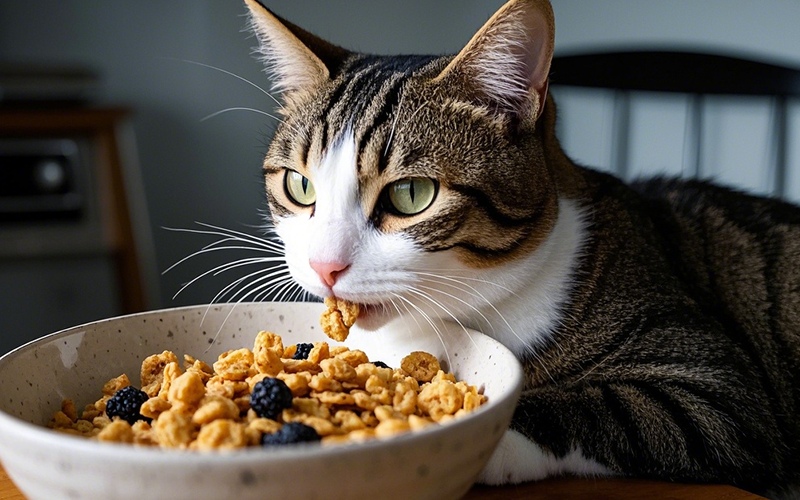
Can Cats Eat Granola? Is This Crunchy Snack Safe for Your Feline Friend?
- 2 Apr 2025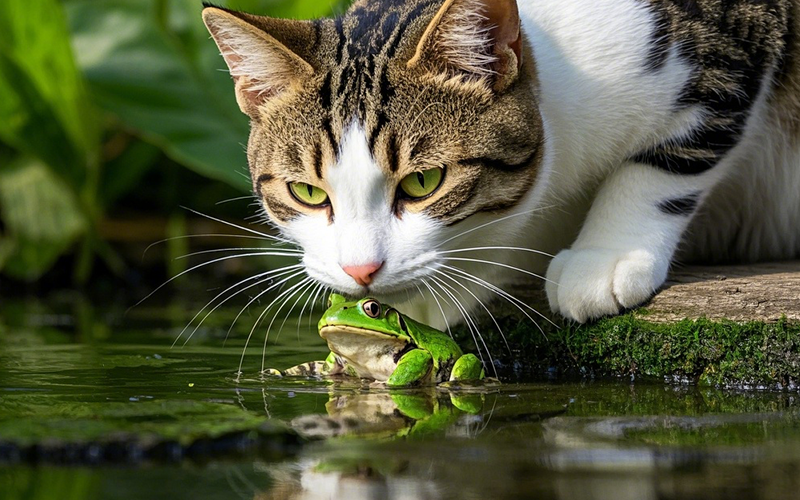
Can Cats Eat Frogs? What You Should Know About Frogs and Your Feline Friend
- 2 Apr 2025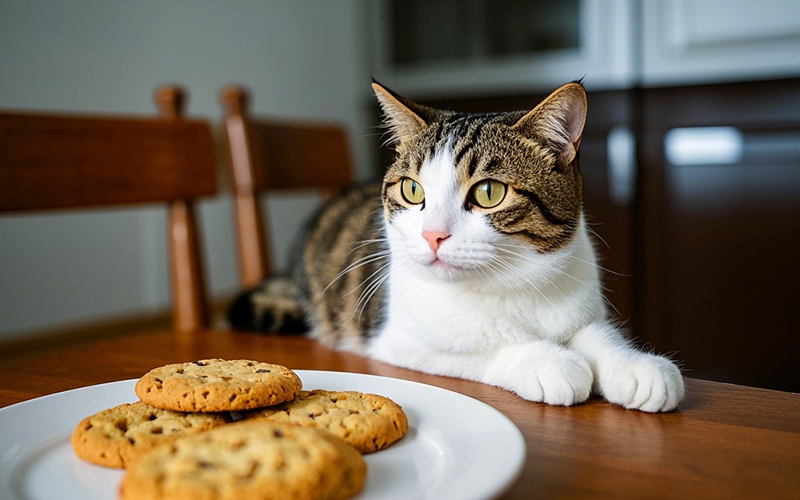
Can Cats Eat Graham Crackers? A Sweet Snack or a Risky Treat for Your Feline Friend?
- 2 Apr 2025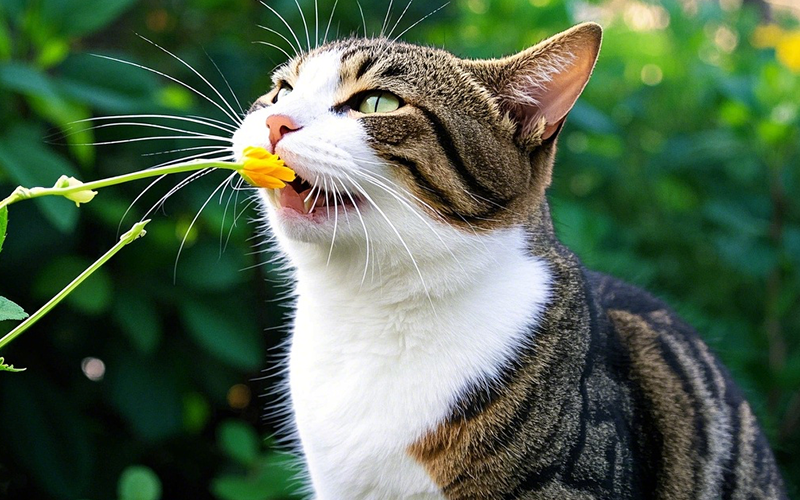
Can Cats Eat Flowers? What You Should Know About Floral Treats for Your Feline Friend
- 2 Apr 2025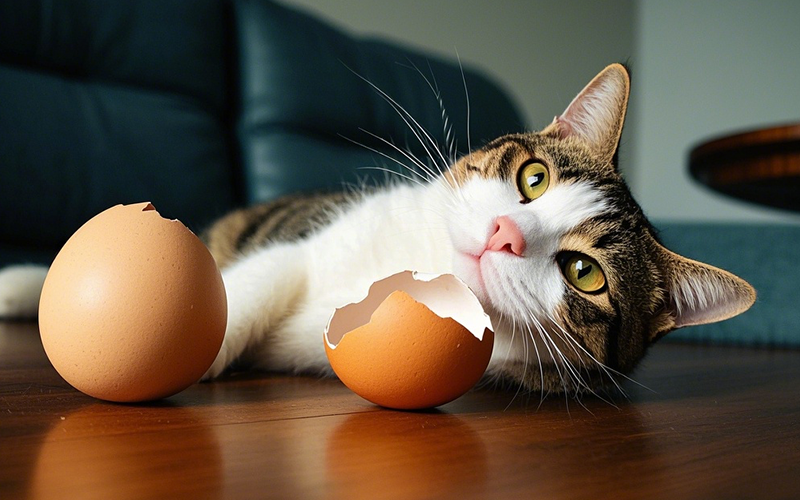
Can Cats Eat Egg Shells? The Benefits and Risks of This Crunchy Treat
- 2 Apr 2025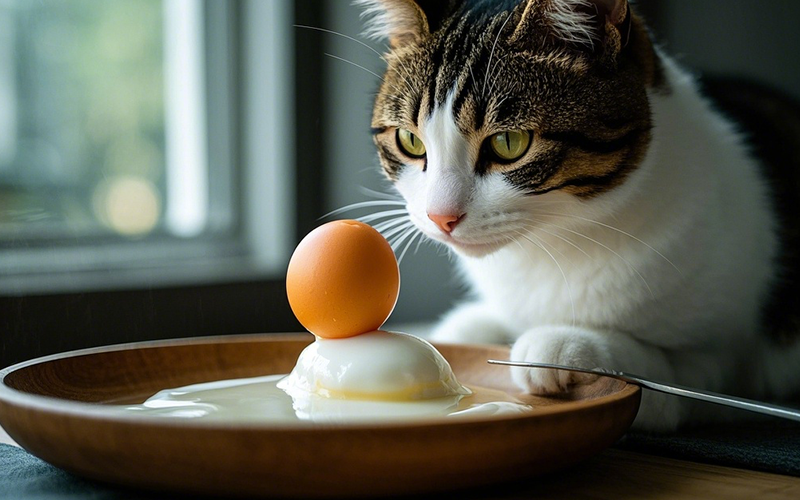
Can Cats Eat Egg Whites? The Facts You Need to Know
- 2 Apr 2025
Can Cats Eat Dry Dog Food? Why It’s Not a Good Idea
- 2 Apr 2025
Can Cats Eat Donuts? A Sweet Treat Best Avoided
- 2 Apr 2025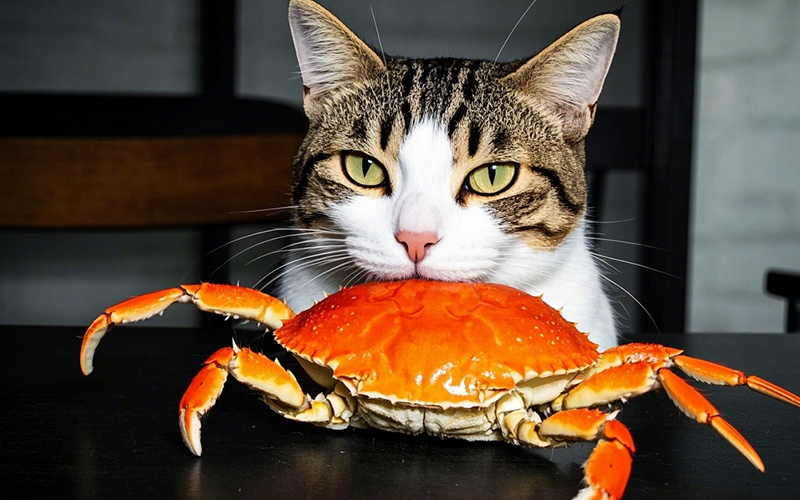
Can Cats Eat Crab Meat? A Tasty Treat with Some Caution
- 1 Apr 2025
